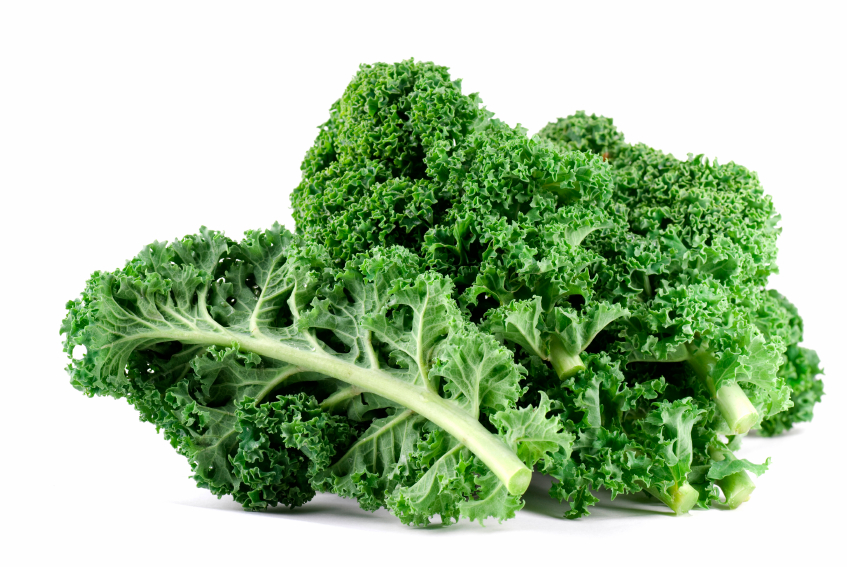Nature Knows and Psionic Success
God provides
Stop throwing away one of the best parts of your Kale

( Natural News ) Many health experts consider kale, a dark leafy green vegetable in the cabbage family, as a superfood, given its impressive vitamin, mineral, and antioxidant profile. As a natural source of potassium, it helps fight heart disease. With its iron properties, it assists with healthy muscle function and the transfer of oxygen between cells. Its Vitamin K content improves bone and brain health, and the fiber that it contains assists in digestion. Vitamin A present in kale can contribute to healthy hair and skin. Some scientists claim that kale reduces the risk of cancer. Kale is also full of Omega-3 fatty acids, which can reduce inflammation in the body. It also has been associated with mood elevation in one study. Kale is also good source of vitamin C and magnesium. For this reason, many heath-oriented consumers often add kale to salads, wraps, soups smoothies, casseroles, and other dishes. Some kale enthusiasts even eat the green vegetable in its raw form. (RELATED: Read more about superfoods at NaturanNewsIngredients.com .) You’re sold, right? With that in mind, and despite kale’s ability to strengthen the body’s natural defenses against disease, some people may be inadvertently throwing away one of the best parts, namely the equally nutrition-rich thick stems, As the MindBodyGreen website explains, many recipes call for de-stemming kale before it is consumed. But there are some techniques available to the home chef that make using kale stems easier, so they are ready to eat along with kale leaves. “Just like massaging those kale leaves makes them more palatable (and tasty!) by releasing some of the bitterness and breaking down the tough-to-eat fiber, a few kitchen hacks will have you devouring those stems instead of trashing them,” the website advises. GLYPHOSATE testing is now being applied to all Health […]
Click here to view full article
